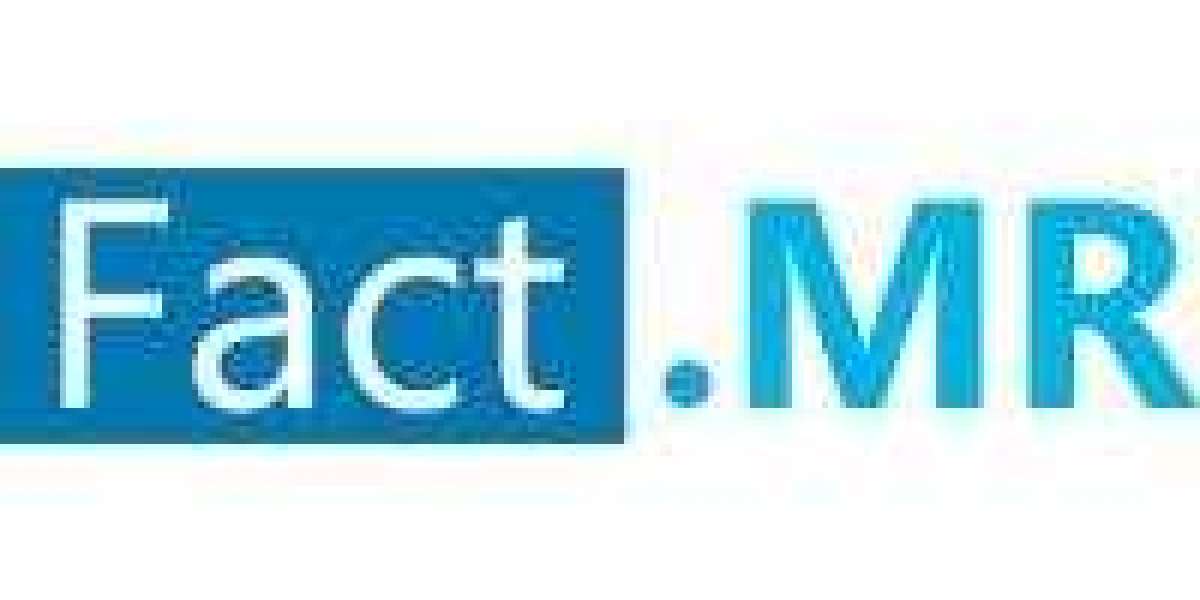As to the latest research study published by Fact.MR, the licensed sports merchandise market worldwide saw a compound annual growth rate (CAGR) of 2.4% between 2018 and 2022. The global market for licensed sports items is expected to grow quickly at a CAGR of 7.1% and reach US$ 68.40 billion by the end of 2033, from an estimated US$ 34.45 billion in 2023.
Growing urbanization and a growing number of sports fans are expected to boost the market for licensed sports products worldwide. Sales of licensed sports products are also being stimulated by the noteworthy rise of the internet retail industry. It is anticipated that the growing number of local and international sports leagues will contribute to market expansion prospects in the upcoming ten years.
Download a Sample Copy Of Report
A growing number of people are moving their purchases from traditional brick-and-mortar stores to online platforms in order to take advantage of the more convenient shopping experiences and to get authentic items at competitive costs. Licensed sports merchandise featuring the logos of well-known sports teams is growing in popularity among sports fans. Items include sweatshirts, hoodies, t-shirts, tops, bottom wear, hats, caps, jackets, and more. Opportunities for the industry to expand are being fueled by people's increasing buying power and their increased consumption of sports memorabilia.
Licensed sports merchandise is defined as goods and items that have the endorsements of sports teams and athletes. Sports goods, apparel, video games, accessories, toys, and footwear are a few of the well-known items that are included in licensed merchandise. Furthermore, for a variety of products that are sold with their trademarked designs, logos, and other branding choices, sports groups receive a set percentage of royalty payments from the relevant licensing organizations.
Key Companies Profiled
- Adidas AG
- Yonex Co. Ltd.
- Asics Corporation
- Under Armour INC
- Columbia Sportswear Company
- Skechers
- Dicks Sporting Goods Inc.
- Shiv Naresh Sports
- G-III Apparel Group
- Puma Inc.
- Nike Inc.
- Hanes Brands Inc.
Wearing legally licensed sports attire and accessories is common among followers of several sports and video games. Waterproof, lightweight, and breathable sports gear and accessories are offered at high pricing points in the market. Product sales are rising in part because more and more customers are using internet retailers to buy a wide range of things.
The commercialization of competitions, tournaments, and sporting events is being facilitated by notable investments in traditional and e-sports. Demand for officially approved sports products is also growing as endurance sports like swimming, cycling, and running gain popularity. Furthermore, it is anticipated that growing financial possibilities for market participants would arise from growing investments made by both public and private businesses to promote sporting events.
The demand for licensed sports merchandise is driven by the widespread popularity of commercial sports.
The demand for licensed sports products is rising as a result of the commercialization of sporting events and competitions. Products featuring the logos of major sports teams, tracksuits, socks, t-shirts, bottoms and activewear, and jerseys are becoming more and more popular among customers who prefer stylish casual to gym wear. The market is expanding due to increased investments in some sports licensing activities and the expanding spending capabilities of many consumers.
Teenagers tend to gravitate toward sportswear since cross-cultural fashion trends are becoming more and more popular. Fashion is a big deal in the sports business. One illustration of this is the decline in denim sales at Levi's due to the growing demand for stylish sportswear. Sales of licensed sports gear are increasing as a result of consumers' growing desire for sporting goods for recreational purposes.
Competitive Landscape:
Leading providers of licensed sports goods invest in innovative inventions, high-quality items, upholding product standards, and improving their supply chain management systems.
To increase their market share, major firms use a variety of cutting-edge strategies, such as technical breakthroughs, mergers, and acquisitions.
As an example,
- Adidas AG consented to sell Reebok to Authentic Brands Group Inc. in August 2021, adding yet another well-known brand to the expanding portfolio of consumer businesses.
- Fanatics purchased WinCraft, a licensed sports merchandising firm, in December 2020. Because WinCraft is a major player in hard goods, Fanatics has a notable presence with a wide variety of non-apparel items, including clocks and banners with sports themes.
Segmentation of Licensed Sports Merchandise Industry Research
- By Product :
- Apparel
- Accessories Toys
- Footwear
- Domestic and House Wear
- Games Software
- By Distribution Channel :
- Online
- Offline
- By Region :
- North America
- Europe
- Asia Pacific
- Latin America
- Middle East Africa
As consumer interest in sports continues to rise, particularly with the proliferation of online platforms and e-commerce, the market is expected to expand at a robust pace. By 2033, the market is projected to nearly double in value, reflecting the enduring appeal of sports culture and the opportunities it presents for businesses involved in the production and distribution of licensed merchandise. This growth underscores the vital role that licensed sports merchandise plays in the broader sports ecosystem, offering fans a tangible way to express their passion and loyalty.
FAQ:
What is the anticipated growth rate of the U.S. market through 2033?
The United States licensed sports merchandise market is predicted to advance at a CAGR of 6.2% from 2023 to 2033.
At what CAGR is the Chinese market expected to grow?
Demand for licensed sports merchandise in China is forecasted to increase at a CAGR of 8% over the forecast period.
What is the projected value of the global licensed sports merchandise market by 2033?
The market for licensed sports merchandise is projected to reach US$ 68.40 billion by 2033.


